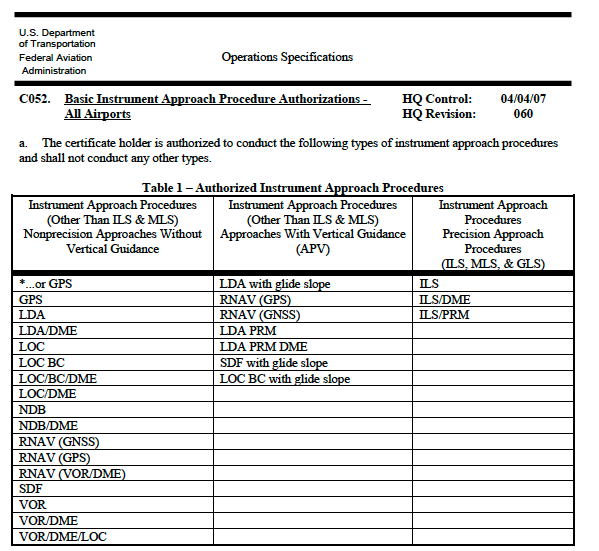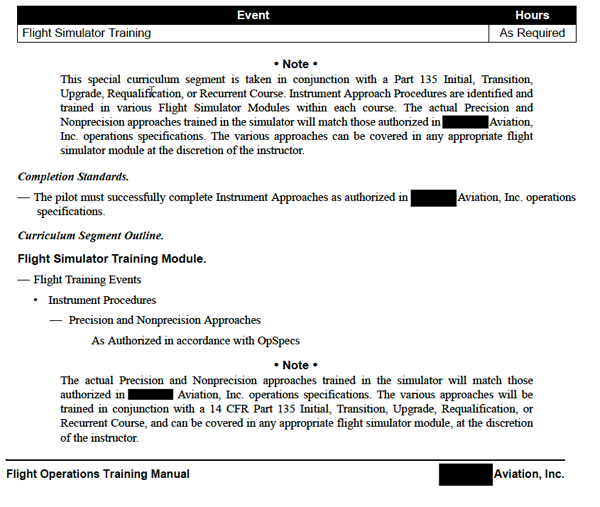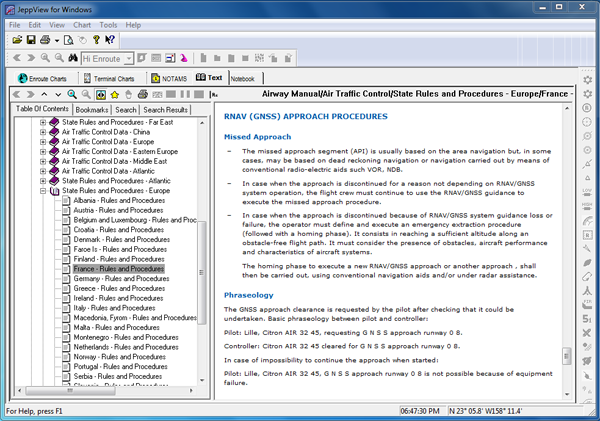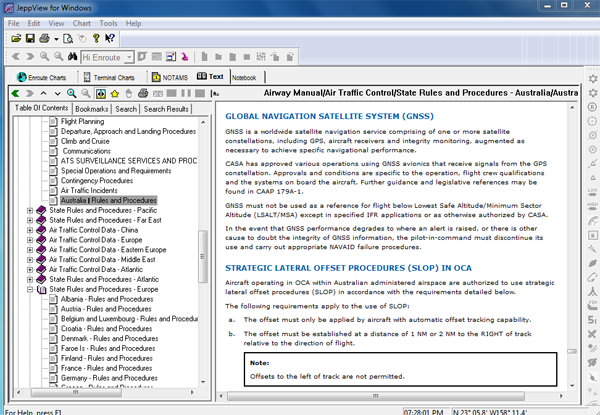Can you fly an RNAV (GNSS) approach in a country not in the country of your aircraft registration or pilot's license? It is, after all, just a RNAV (GPS) approach. I can't answer that for you, but for me, with an N-Numbered Gulfstream G450 and a pilot's license issued by the United States Federal Aviation Administration the unequivocally answer is: It Depends.
— James Albright

Updated:
2013-11-30
What follows is an example which shows the process on how to answer that question for yourself.
1 — Is the aircraft qualified to fly a GNSS approach?
2 — Is the operator allowed to fly a GNSS approach?
3 — Are the pilots trained to fly a GNSS approach?
4 — Is the country in which the approach is flown WGS-84 compliant?
5 — Does the ICAO permit RNAV procedures using GNSS?
Example: Toluca RNAV (GNSS) Runway 15
The approach looks okay except it says (GNSS) instead of (GPS) and you have heard that we United States registered aircraft aren't allow to fly these. Time for some research.

1
Is the aircraft qualified to fly a GNSS approach?
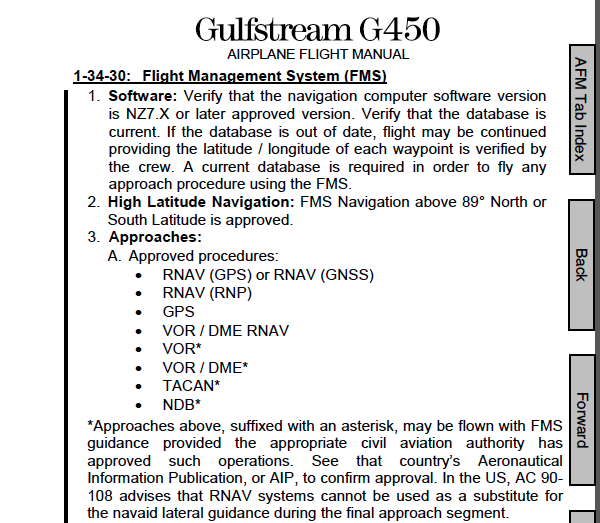
Approved approach procedures
G450 AFM, § 1-34-30.
Is the aircraft certified to fly these approaches? The G450 AFM 1-34-30 explicitly mentions RNAV (GNSS) as an approved procedure but makes note that this is not true for operations in non-WGS-84 airspace and may not be true in countries which are partially compliant.
WGS-84 compliance basically means the country in question used latitudes and longitudes that are measured to the same standards as used by the GPS / GNSS satellites themselves. More about that: WGS-84. Of course that begs the next question . . .
GPS versus GNSS
d. Global Navigation Satellite System (GNSS). A worldwide position and time determination system, which includes one or more satellite constellations, aircraft receivers, and system integrity monitoring. GNSS is augmented as necessary to support the required navigation performance for the actual phase of operation.
e. Global Positioning System (GPS). The U.S. GNSS core satellite constellation providing space-based positioning, velocity, and time. GPS is composed of space, control, and user equipment elements.
Source: AC 90-108 ¶3.
GPS is a subset of GNSS. Yes, a GPS system is a GNSS system. Are all GNSS systems the same as GPS, no. So you could have an airplane that does GPS and not necessarily GNSS. The AFM is the only way to tell for sure.
3
Are the pilots trained to fly a GNSS approach?
Commercial operators may have a specific training requirement or simply leave it up to the training provider to train all those procedures authorized in the operations specifications.
For the rest of us, there is nothing in 14 CFR 61.58 or 61.157 that says you have to be evaluated on every approach you are qualified to fly.
4
Is the country in which the approach is flown WGS-84 compliant?
Is the country WGS-84 compliant? The Jeppesen State Pages, National Regulations and Requirements, might have the answer, but quite often are out of date. For an up-to-date listing, consult https://ww2.jeppesen.com/wgs-84-status/. For our Mexican example, we see that Mexico is indeed WGS-84 compliant.
5
Does the ICAO permit RNAV procedures using GNSS?
Aircraft equipped with basic GNSS receivers (either as stand-alone equipment or in a multi-sensor environment) that have been approved by the State of the Operator for departure and non-precision approach operations may use these systems to carry out RNAV procedures provided that before conducting any flight, the following criteria are met:
a) the GNSS equipment is serviceable;
b) the pilot has a current knowledge of how to operate the equipment so as to achieve the optimum level of navigation performance;
c) satellite availability is checked to support the intended operation;
d) an alternate airport with conventional navaids has been selected; and
e) the procedure is retrievable from an airborne navigation database.
Source: ICAO Doc 8168 Vol 1
6
Does the country in which the approach is flown restrict foreign operators from using the approach?
Nations are required to list their difference with ICAO in their Aeronautical Information Publications (AIP). Very few nations publish their AIPs so we rely on Jeppesen to publish these differences in their State pages, Regulations and Requirements. Very few nations mention RNAV (GNSS) at all and those that do almost always permit its use provided a few restrictions are met. France, for example:
Some nations place operator qualification rules into play. Australia, for example:
Mexico lists no restrictions at all. We had a specialist from Universal read the Mexican AIP and translate their requirements:
- The aircraft must have the RNAV equipment authorized by the appropriate governing authorities in the country in which the aircraft is registered in (i.e. FAA).
- The airport must have an authorized system. (As of 21 Jul 2013, only MMTO is authorized in Mexico.).
- The crew must have received RNAV training.
I would, therefore, conclude that in the case of a U.S. registered G450 with a properly authorized operator and properly trained pilots, the RNAV (GNSS) approach into Toluca can be flown.
There are still those who say you can't do it unless you have a Mexican tail number, a Mexican pilot's license, and you hablo Espanol. If you have an ILS option you should probably do that. But I think with a little research you can do the RNAV (GNSS).
References
(Source material)
Advisory Circular 90-108, Use of Suitable Area Navigation (RNAV) Systems on Conventional Routes and Procedures, 3/3/11, U.S. Department of Transportation
Aeronautical Information Manual
FAA-H-8261-1, Instrument Procedures Handbook, U.S. Department of Transportation, Flight Standards Branch, 2004
Gulfstream G450 Airplane Flight Manual, Revision 35, April 18, 2013
Please note: Gulfstream Aerospace Corporation has no affiliation or connection whatsoever with this website, and Gulfstream does not review, endorse, or approve any of the content included on the site. As a result, Gulfstream is not responsible or liable for your use of any materials or information obtained from this site.

